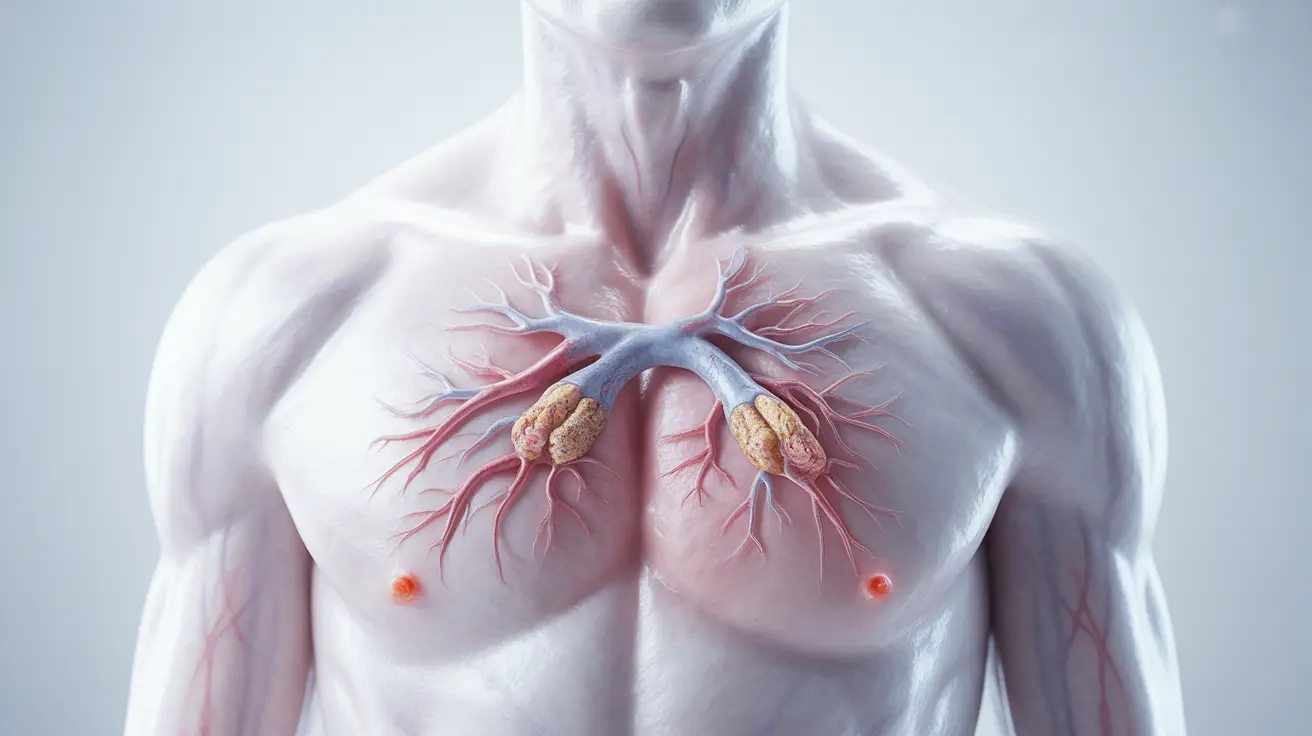Coronary artery calcification is a serious cardiovascular condition where calcium deposits build up in the walls of the heart's arteries. This accumulation can restrict blood flow to the heart muscle and potentially lead to severe health complications. Understanding this condition is crucial for early detection and proper management of heart health.
As coronary artery calcification is often an indicator of advancing coronary artery disease, recognizing its risk factors, symptoms, and treatment options can help individuals take proactive steps toward better heart health. This comprehensive guide will explore everything you need to know about this condition.
What Is Coronary Artery Calcification?
Coronary artery calcification occurs when calcium deposits accumulate within the walls of the heart's arteries. These deposits are part of the atherosclerotic process, where plaque builds up inside the arteries, making them narrower and less flexible. This condition can significantly impact blood flow to the heart and increase the risk of heart attacks and other cardiovascular events.
Risk Factors and Causes
Several factors can contribute to the development of coronary artery calcification:
- Advanced age
- High blood pressure
- High cholesterol levels
- Diabetes
- Smoking
- Family history of heart disease
- Obesity
- Sedentary lifestyle
- Chronic kidney disease
Understanding these risk factors is essential for early intervention and prevention strategies. Many of these factors can be modified through lifestyle changes and medical management.
Detection and Diagnosis
Calcium Score Testing
The primary method for detecting coronary artery calcification is through a coronary calcium scan, also known as a cardiac CT scan. This non-invasive test measures the amount of calcium in your coronary arteries and provides a calcium score that indicates your risk level for heart disease.
Understanding Your Calcium Score
Calcium scores are interpreted as follows:
- 0: No calcium detected, very low heart disease risk
- 1-10: Minimal calcification, low risk
- 11-100: Mild calcification, moderate risk
- 101-400: Moderate calcification, increased risk
- Over 400: Extensive calcification, high risk
Treatment Approaches
While it's not currently possible to completely reverse calcium deposits in the arteries, several treatment approaches can help manage the condition and prevent its progression:
Medical Management
- Statins for cholesterol control
- Blood pressure medications
- Antiplatelet medications
- Blood sugar management for diabetics
Lifestyle Modifications
- Heart-healthy diet
- Regular exercise
- Smoking cessation
- Stress management
- Weight control
Prevention Strategies
Preventing or slowing the progression of coronary artery calcification involves comprehensive lifestyle changes and risk factor modification:
- Maintaining a Mediterranean-style diet
- Regular physical activity (at least 150 minutes per week)
- Managing stress through relaxation techniques
- Regular medical check-ups
- Controlling blood pressure and cholesterol levels
Frequently Asked Questions
What causes calcium buildup in the coronary arteries, and am I at risk?
Calcium buildup in coronary arteries is primarily caused by atherosclerosis, where inflammation and damage to artery walls lead to plaque formation. Risk factors include age, high blood pressure, diabetes, smoking, and family history of heart disease. Regular health screenings can help determine your personal risk level.
How is coronary artery calcification detected, and what does a calcium score mean for my heart health?
Coronary artery calcification is detected through a cardiac CT scan, which provides a calcium score. This score indicates the amount of calcium in your arteries and correlates with your risk of future cardiovascular events. Higher scores suggest greater risk and may require more aggressive treatment approaches.
What are the symptoms of coronary artery calcification, and when should I see a doctor?
Many people with coronary artery calcification don't experience symptoms in early stages. However, as the condition progresses, symptoms may include chest pain, shortness of breath, and fatigue. You should see a doctor if you experience these symptoms or have multiple risk factors for heart disease.
Can you reverse or remove coronary artery calcification, and what treatments are available?
While complete reversal isn't currently possible, treatments can help manage the condition and prevent progression. These include medications (statins, blood pressure medications), lifestyle changes, and in some cases, medical procedures to restore blood flow.
How can I prevent or slow the progression of coronary artery calcification through lifestyle changes?
Prevention strategies include maintaining a heart-healthy diet, regular exercise, not smoking, managing stress, and controlling conditions like high blood pressure and diabetes. Regular medical check-ups and early intervention can help slow progression.




